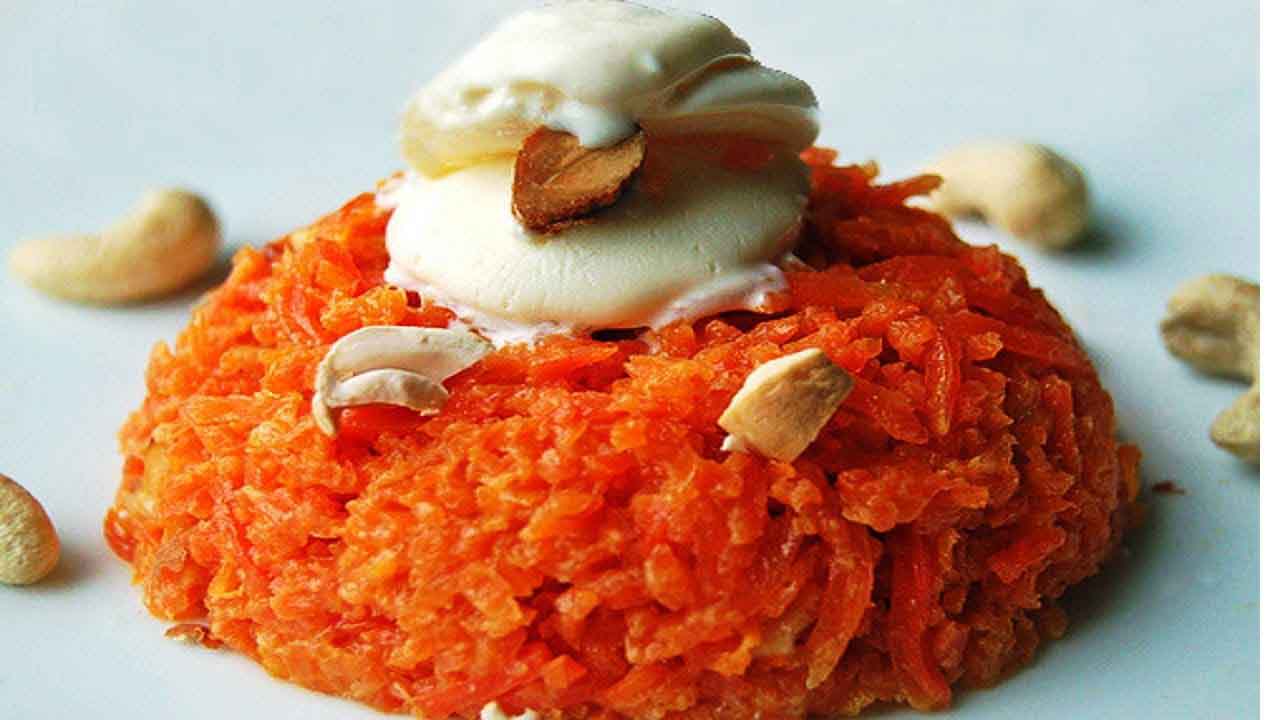Gulp on The Delectable Indian Dessert Gajar ka Halwa: Get to know About it
Going to any Indian restaurant in Kuta, you must’ve come across this riveting thing called ‘Gajar ka Halwa’. And might’ve thought that, “Which dessert is this? I always see it. Is it worth a tray?” If such questions have ever crossed your mind, just know one thing- In Halwa, Indians trust!
Gajar ka Halwa is an everyday dessert in an Indian household. Gajar ka halwa or Indian carrot pudding is made up of carrots, milk, sugar, ghee (white butter), and sometimes Khoya (thickened milk). Gajar ka halwa is a comfort food. It is cooked over a good amount of time, with all the sensational flavors blend together to create a tasteful harmony in the mouth of the person devouring.
Gajar ka Halwa marks the triumphs of life, as it is often consumed on celebratory occasions. This Indian cuisine holds great significance. The history of gajar ka halwa is as diverse as its place of origins- India.
History
The first devourers of gajar ka halwa in sub-tropical subcontinent of India were the Mughals. During the expansion of the Mughal Empire in 1526,many international traders started importing fascinating products of that era. One majorly being orange carrot instead of the then common purple carrot.
Mughals consumed ‘halwa’ which stands for ‘sweet’. Thus, gajar ka halwa came into being in India then. Since it is our duty as Indian Vegetarian restaurant in Bali, Queens of India has brought this delicacy onto any foodie’s table here in Bali.
Although it has Muslim origins, it is most often consumed in Hindu Households on festivals such as Diwali, Durga Pooja, Raksha Bandhan, Holi and it is also made on Eid al-Fitr. If this much diversity wasn’t enough, it is most popularly consumed in Punjab and becomes a nationwide favorite during winters. It is consumed in winters mostly because of its health benefits.
Health Benefits
Gajar ka halwa’s primary ingredient hold high nutritional value and this Indian sweet dish is especially a healthy alternative pain remedy. Carrots are filled with beta carotene, fiber, vitamin k1, potassium, and antioxidants. Carotene antioxidants present in carrots has been linked with reduced risk of cancer. Carrots are also linked with weight loss, but gajar k halwa as an Indian food in Bali is not for the waist conscious.
Gajar ka halwa’s secondary ingredient, which is milk, is filled with nine essential nutrients that benefit human health. It provides calcium which maintains bone mass. Protein present in milk is a source of energy and builds & repairs muscle tissue. It contains potassium to regulate blood pressure. Phosphorus in it generates energy and strengthens bones. Vitamins D, B12, & A found in gajar ka halwa helps maintain bones, maintains red blood cells and nerve tissue, and maintains normal vision skin & immune system respectively. Riboflavin (B2) in milk converts food into energy. And last but not the least, niacin that is in any regualr cup of milk metabolizes sugars and fatty acids.
Gajar ka halwa is considered a miracle food in India. And if you still don’t believe us, as any Indian and be ready! “Ready for what?”, you might’ve thought right? Get ready to hear the Indian sing praises of how amazing and smooth gajar ka halwa is. The texture of the halwa is so smooth that it melts in the mouth yet it is fibrous enough to be chewed upon. The bowl of this godly goodness is fresh served hot, and best served cold.


